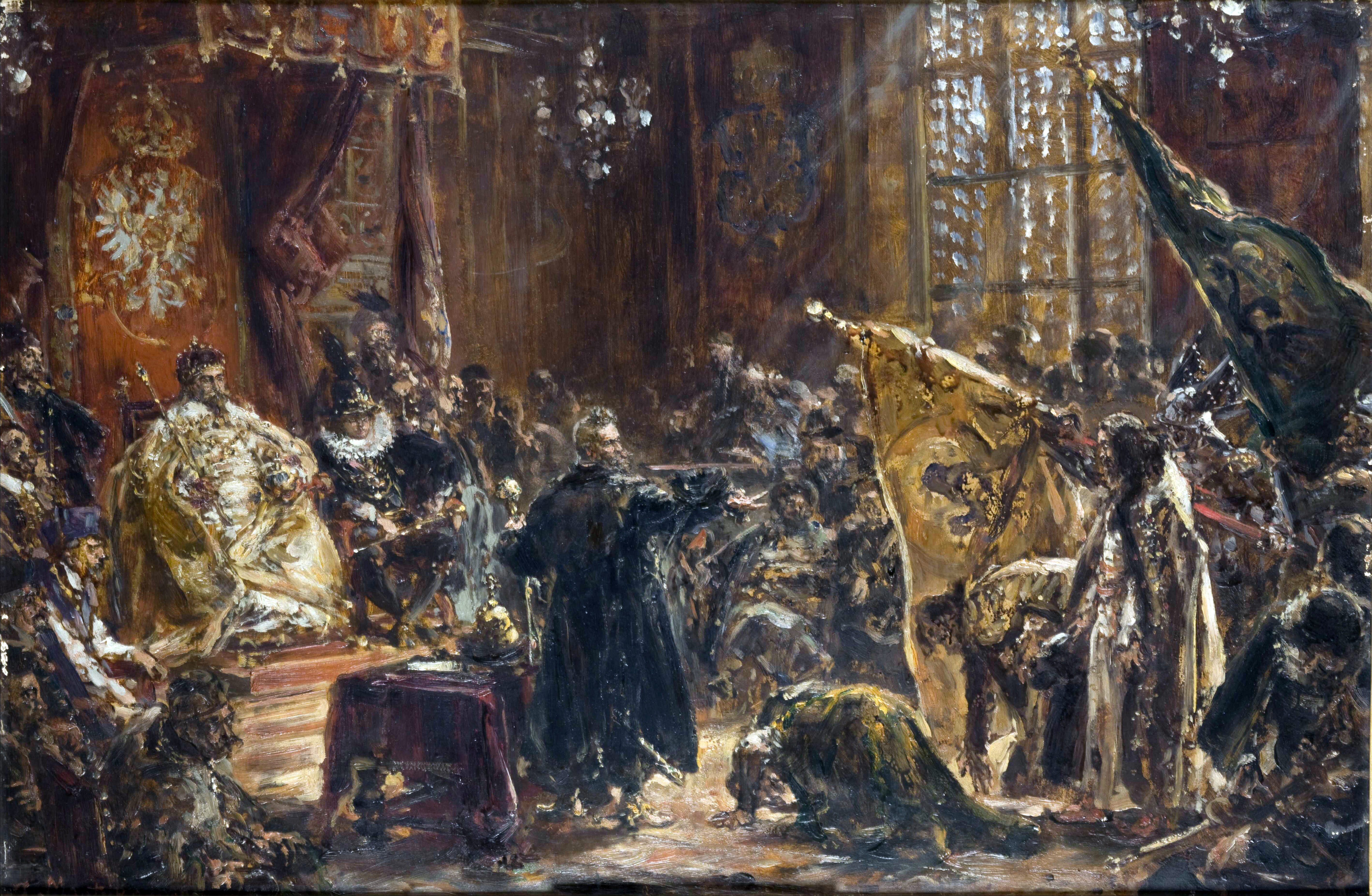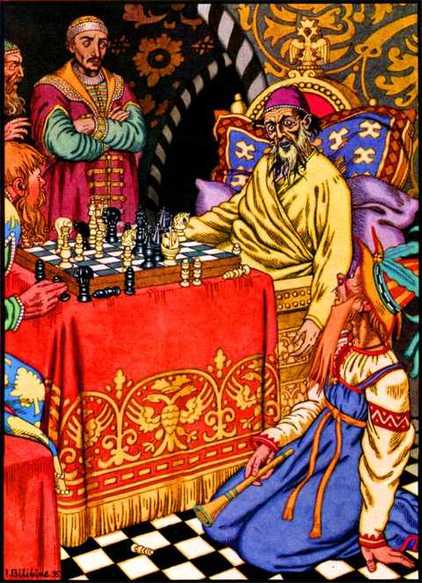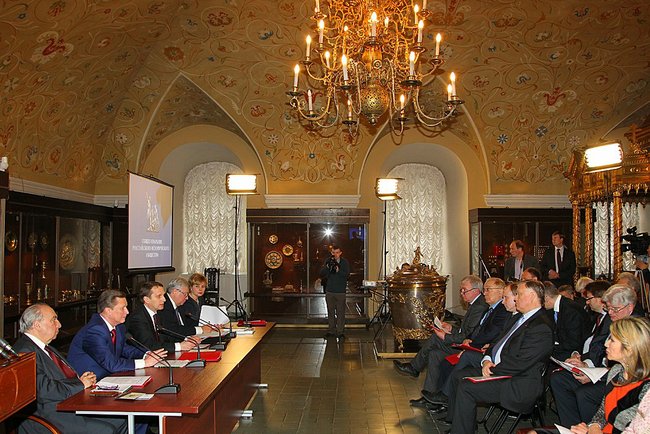|
Prokopy Petrovich Lyapunov
Prokopy Petrovich Lyapunov () (Isady, Grand Duchy of Moscow;Grand Duchy of Ryazan became a part of Grand Duchy of Moscow in 1521 and Moscow shouldn't be confused as a birth place which is located to the east of Old Ryazan, in a village that survived to this day b. ? — July 22, 1611;Most sources agree that he died no later than August 1, 1611 Tsardom of Russia) was a prominent 17th century Russian nobleman (dvoryanin), voivode (military chieftain) of, allegedly, a Rurikid origin who practically became a head of Pereyaslavl-Ryazansky lands nobility in the end 1590s; he took part in wars during power vacuum in succession crisis that happened in early 1598 as result of confusion about legitimate heir apparent following death of Feodor I, nobility infighting, war declared by Polish–Lithuanian Commonwealth (PLC) in 1605, and exhaustive Tatar raids; most famously he is remembered for organizing and leading the first unsuccessful uprising against occupation of Moscow of 1610 by P ... [...More Info...] [...Related Items...] OR: [Wikipedia] [Google] [Baidu] |
Time Of Troubles
The Time of Troubles (russian: Смутное время, ), or Smuta (russian: Смута), was a period of political crisis during the Tsardom of Russia which began in 1598 with the death of Fyodor I (Fyodor Ivanovich, the last of the Rurik dynasty) and ended in 1613 with the accession of Michael I of the House of Romanov. It was a time of lawlessness and anarchy following the death of Fyodor I, a weak and possibly intellectually disabled ruler who died without an heir. His death ended the Rurik dynasty, leading to a violent succession crisis with numerous usurpers and false Dmitrys (imposters) claiming the title of tsar. Russia experienced the famine of 1601–03, which killed almost a third of the population, within three years of Fyodor's death. Russia was occupied by the Polish–Lithuanian Commonwealth during the Polish–Russian War (also known as the ''Dimitriads'') until it was expelled in 1612. It was one of the most turbulent and violent periods in Russian history. ... [...More Info...] [...Related Items...] OR: [Wikipedia] [Google] [Baidu] |
Heir Apparent
An heir apparent, often shortened to heir, is a person who is first in an order of succession and cannot be displaced from inheriting by the birth of another person; a person who is first in the order of succession but can be displaced by the birth of a more eligible heir is known as heir presumptive. Today these terms most commonly describe heirs to hereditary titles (e.g. titles of nobility) or offices, especially when only inheritable by a single person. Most monarchies refer to the heir apparent of their thrones with the descriptive term of ''crown prince'' or ''crown princess'', but they may also be accorded with a more specific substantive title: such as Prince of Orange in the Netherlands, Duke of Brabant in Belgium, Prince of Asturias in Spain (also granted to heirs presumptive), or the Prince of Wales in the United Kingdom; former titles include Dauphin in the Kingdom of France, and Tsesarevich in Imperial Russia. The term is also used metaphorically to indicate a ... [...More Info...] [...Related Items...] OR: [Wikipedia] [Google] [Baidu] |
Uprising Of Bolotnikov
The Uprising of Bolotnikov, in Russian historiography called the Peasant War under the Leadership of Ivan Bolotnikov (Peasant Uprising), was a major peasant, Cossack, and noble uprising of 1606–1607 led by Ivan Bolotnikov and several other leaders. At the time of the highest point of the uprising (the Siege of Moscow (1606), Siege of Moscow in 1606), more than 70 cities in the south and center of Russia were under the control of the rebels. Causes By the end of the 16th century, serfdom was forming in Russia. The discontent of the peasants, caused by the intensification of feudal oppression, was expressed in the uprisings of the monastery peasants at the end of the 16th century, the mass exodus to the southern regions during the Russian famine of 1601–03, famine of 1601–1603. In 1603 there was a major uprising of slaves and peasants under the command of Khlopok Rebellion, Khlopok Kosolap. After the death of False Dmitry I, rumors spread around Moscow that it was not Dmitry ... [...More Info...] [...Related Items...] OR: [Wikipedia] [Google] [Baidu] |
Revolted
In political science, a revolution (Latin: ''revolutio'', "a turn around") is a fundamental and relatively sudden change in political power and political organization which occurs when the population revolts against the government, typically due to perceived oppression (political, social, economic) or political incompetence. Revolutions have occurred throughout human history and vary widely in terms of methods, duration, and motivating ideology. Their results include major changes in culture, economy, and social institution, socio-political institutions, usually in response to perceived overwhelming autocracy or plutocracy. Scholarly debates about what does and does not constitute a revolution center on several issues. Early studies of revolutions primarily analyzed events in European history from a psychological perspective, but more modern examinations include global events and incorporate perspectives from several social sciences, including sociology and political science. S ... [...More Info...] [...Related Items...] OR: [Wikipedia] [Google] [Baidu] |
Vasily Shuisky
Vasili IV Shuisky (russian: Василий IV Иванович Шуйский, ''Vasiliy IV Ivanovich Shuyskiy'', c. 155212 September 1612) was Tsar of Russia between 1606 and 1610 after the murder of False Dmitri I. His rule coincided with the Time of Troubles. He was the only member of House of Shuisky to become Tsar and the last member of the Rurikid dynasty to rule as tsar. Life He was a son of Ivan Andreyevich Shuisky. Born Prince Vasili Ivanovich Shuisky, he descended from sovereign princes of Nizhny Novgorod and was a 20th-generation male-line descendant of the 9th-century Varangian prince Rurik. Vasili Ivanovich was one of the leading boyars of the Tsardom of Russia during the reigns of Feodor I () and Boris Godunov (). In the court intrigues of the Time of Troubles (1598–1613), Vasily and his younger brother Dmitry Shuisky usually acted together and fought as one. It was Shuisky who, in obedience to the secret orders of Tsar-to-be Boris, went to Uglich ... [...More Info...] [...Related Items...] OR: [Wikipedia] [Google] [Baidu] |
False Dmitry I
False Dmitry I ( rus, Лжедмитрий I, Lzhedmitriy I) (or Pseudo-Demetrius I) reigned as the Tsar of Russia from 10 June 1605 until his death on 17 May 1606 under the name of Dmitriy Ivanovich ( rus, Дмитрий Иванович). According to historian Chester S.L. Dunning, Dmitry was "the only Tsar ever raised to the throne by means of a military campaign and popular uprisings". He was the first, and most successful, of three "pretenders" (russian: самозванцы (sing.: самозванец), samozvanets) who claimed during the Time of Troubles to be the youngest son of Ivan the Terrible, tsarevich Dmitry Ivanovich, who supposedly escaped a 1591 assassination attempt when he was eight years old. It is generally believed that the real Dmitry of Uglich died in Uglich in 1591. False Dmitry claimed that his mother, Maria Nagaya, anticipated the assassination attempt ordered by Boris Godunov and helped him escape to a monastery in the Tsardom of Russia, and t ... [...More Info...] [...Related Items...] OR: [Wikipedia] [Google] [Baidu] |
Zakhary Lyapunov
Zakhary Petrovich Lyapunov () (? - after 1612) was a Russian political figure of the early 17th century, brother of Prokopy Lyapunov. Biography In 1605, Zakhary Lyapunov took the side of False Dmitri I. Upon the latter's death in 1606, he took part in the Bolotnikov Uprising in 1606–1607. In 1607, he joined the ranks of Vasily Shuisky and became a commander of a unit of the Ryazan dvoryane during the struggle against the rebellious peasants and supporters of False Dmitri II. In July 1610, Zachary Lyapunov took an active part in deposing Vasily Shuisky. In September 1610, he was included in a diplomatic mission, sent to the outskirts of Smolensk to sign a treaty with the Polish king Sigismund III Vasa regarding the accession of his son Wladislaus to the Russian throne. Then he returned to Moscow and remained in the city until its liberation from the Polish invaders by the army of Kuzma Minin and Dmitry Pozharsky Dmitry Mikhaylovich Pozharsky ( rus, Дми́трий Мих ... [...More Info...] [...Related Items...] OR: [Wikipedia] [Google] [Baidu] |
Ivan The Terrible
Ivan IV Vasilyevich (russian: Ива́н Васи́льевич; 25 August 1530 – ), commonly known in English as Ivan the Terrible, was the grand prince of Moscow from 1533 to 1547 and the first Tsar of all Russia from 1547 to 1584. Ivan was the son of Vasili III, the Rurikid ruler of the Grand Duchy of Moscow. He was appointed grand prince after his father's death, when he was three years old. A group of reformers known as the "Chosen Council" united around the young Ivan, declaring him tsar (emperor) of all Rus' in 1547 at the age of 16 and establishing the Tsardom of Russia with Moscow as the predominant state. Ivan's reign was characterised by Russia's transformation from a medieval state to an empire under the tsar but at an immense cost to its people and its broader, long-term economy. During his youth, he conquered the khanates of Kazan and Astrakhan. After he had consolidated his power, Ivan rid himself of the advisers from the "Chosen Council" and triggered the ... [...More Info...] [...Related Items...] OR: [Wikipedia] [Google] [Baidu] |
Bogdan Belsky
Bogdan Yakovlevich Belsky (russian: Богдан Яковлевич Бельский) (died 1611) was a Russian statesman and a close associate of Ivan the Terrible. Bogdan was not related to the great Gedyminid princely family of the same name. It is believed that he became welcome at the royal court owing to his kinship with Malyuta Skuratov. His name was first mentioned in 1571, when Belsky was the tsar's bodyguard (''rynda'') during his military campaigns. He would soon become the tsar's closest associate and would even sleep in his chamber. Ivan never promoted Belsky to any significant post or changed his official status, not even after Belsky had forced one of the most important fortresses – Wolmar – to surrender in 1577 during the Livonian War. For this, he was only repaid with a Portuguese gold coin and a golden chain. In 1578, Bodgan Belsky was appointed ''oruzhnichiy'' (''оружничий'', or keeper of the tsar's weapons) and wouldn't make his way up any further ... [...More Info...] [...Related Items...] OR: [Wikipedia] [Google] [Baidu] |
Imperial Russian Historical Society
The Imperial Russian Historical Society (Russian - Императорское Русское историческое общество) was a public organization of Imperial Russia. It was subject to the jurisdiction of the Ministry of National Education. It was founded in 1866 and dissolved in 1917. It published studies on Russian history and historical documents connected with the Imperial Russian state. It is most notable as the publisher of the ''Russian Biographical Dictionary''. Its emblem was an image of the Monument to Minin and Pozharsky. History 19th century It was founded in March 1866 by local and military historians and government officials, with its charter approved on 23 May 1866 by Alexander II of Russia and stating its purpose as being "to contribute fully to the development of education in Russian national history". The Society received the highest approval of Alexander II and by his consent it promoted the development of civic education in Russia. On 24 Novem ... [...More Info...] [...Related Items...] OR: [Wikipedia] [Google] [Baidu] |
Russian Biographical Dictionary
The ''Russian Biographical Dictionary'' (RBD, russian: Русский биографический словарь) is a Russian-language biographical dictionary published by the Russian Historian Society edited by a collective with Alexander Polovtsov as the editor-in-chief An editor-in-chief (EIC), also known as lead editor or chief editor, is a publication's editorial leader who has final responsibility for its operations and policies. The highest-ranking editor of a publication may also be titled editor, managing .... The dictionary was published in 25 volumes from 1896 to 1918 and considered one of the most comprehensive Russian biographical sources for the 19th and early 20th century period. External links *Online version {{Authority control Russian biographical dictionaries 1896 non-fiction books Reference works in the public domain ... [...More Info...] [...Related Items...] OR: [Wikipedia] [Google] [Baidu] |
Narodnoe Opolcheniye
The People's Militia ( rus, Народное ополчение, p=nɐˈrodnəjə ɐpɐlˈtɕenʲɪjə, r=Narodnoe opolcheniye, t=popular regimentation) was the name given to irregular troops formed from the population in the Russian Empire and later the Soviet Union, a mass levy. They fought behind front lines and alongside the regular army during several wars throughout its history. The People's Militia is of the type known as "national troops" such as the Dnieper Cossacks, or German Landwehr, and although often translated as the "people's militia", "home guard", "people-in-arms", or "national popular army", its members never belonged to an organised military force, but were in all cases selectively accepted from a body of volunteers during a national emergency. The People's Militia features prominently in early Russian history, for example in ''The Tale of Igor's Campaign'' when it refers to the entire force led on a campaign. It was used for political purposes when the Grand ... [...More Info...] [...Related Items...] OR: [Wikipedia] [Google] [Baidu] |









